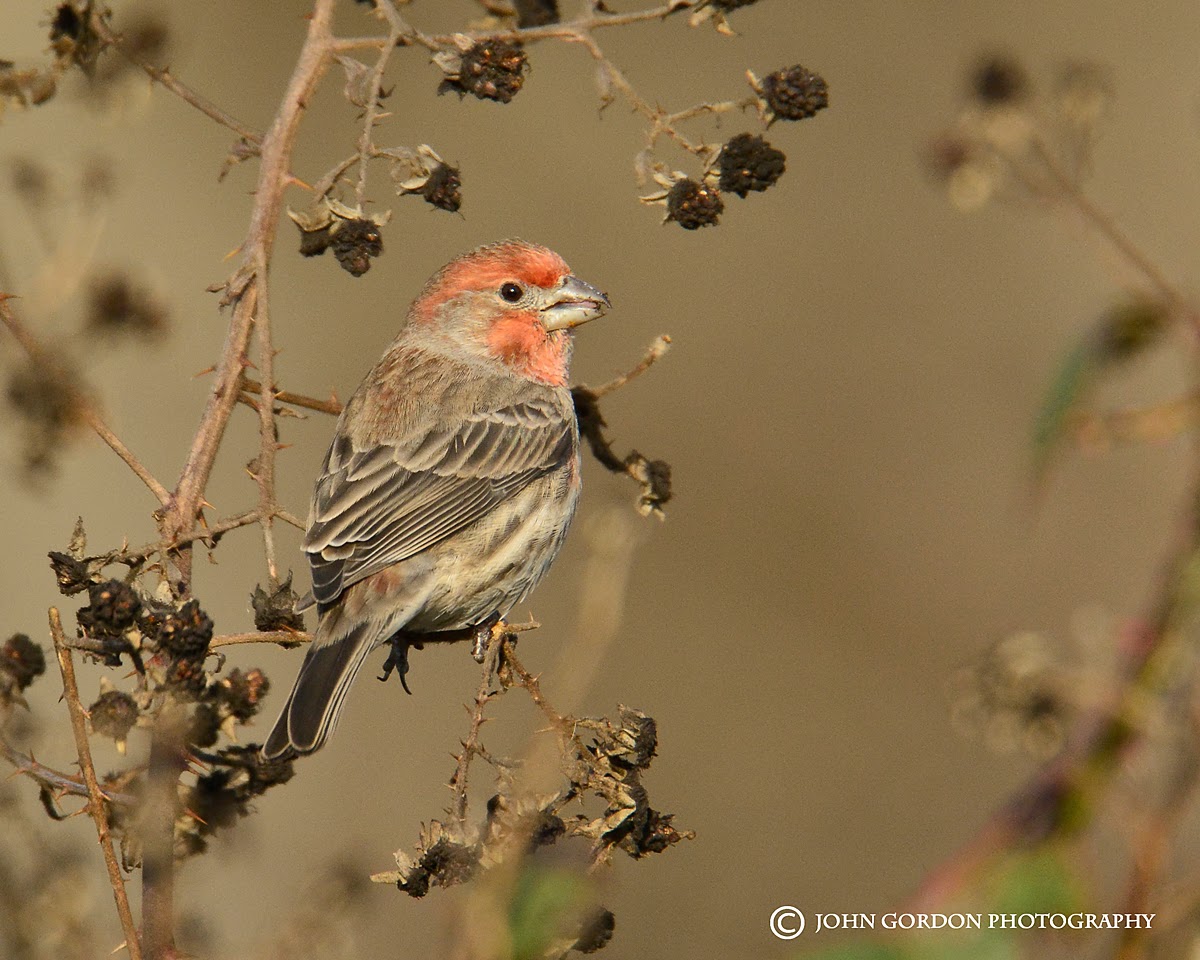Nov 29/14 Boundary Bay. Sunny and cold -1c
 |
| Barn Owl (Tyto alba) |
After photographing the owls for a few minutes another photographer came and joined us but in his rush for a clear/better shot he approached too close for comfort and the birds flew the roost. Puns aside, no shot is that important that the birds are forced from their daytime roost. What bothered me is that the bird flew the past a tree inhabited by a pair of fearsome looking Great Horned Owls, who if they had the chance would make short work of the Barn Owls.
The Lower Mainland's population of Barn Owls is being monitored to the extent that landowners reports birds in barns and elsewhere. Recently a nest with owlets were found under the old Port Mann Bridge while the structure was being dismantled. Those birds were transferred to care for a potential release later.
These images came at the end of a day that began on Sumas Prairie where we glimpsed a Gryfalcon hunting but not much else. The wind kept many birds hunkered down. A flock fifty Western Meadowlark was the other highlight on what was a beautifully sunny but cold day.
 |
| Barn Owls are uncommon. The lack of nest sites like older barns and older forests are fast disappearing. |
Barn Owls are found worldwide.
A nocturnal hunter, it finds its prey more often by sound.
 |
| Great Horned Owl (Bubo virginianis) |
"It's never too late to start birding"
John Gordon
Langley/Cloverdale








































